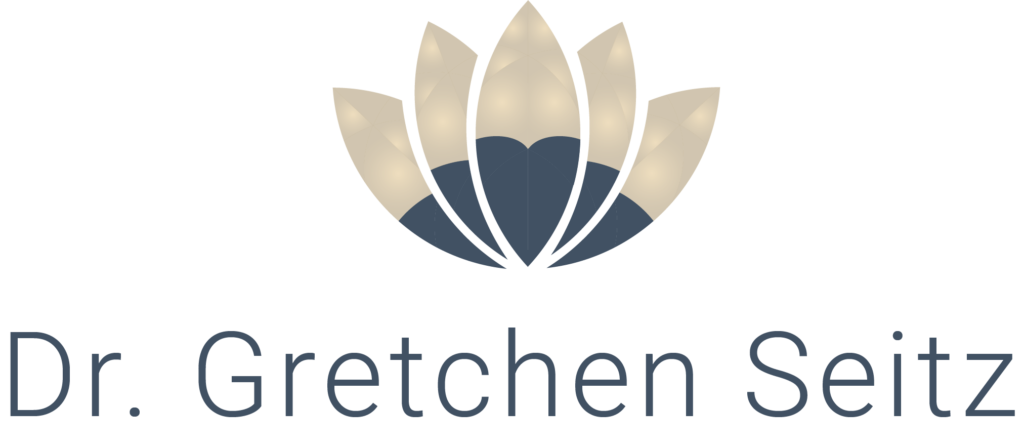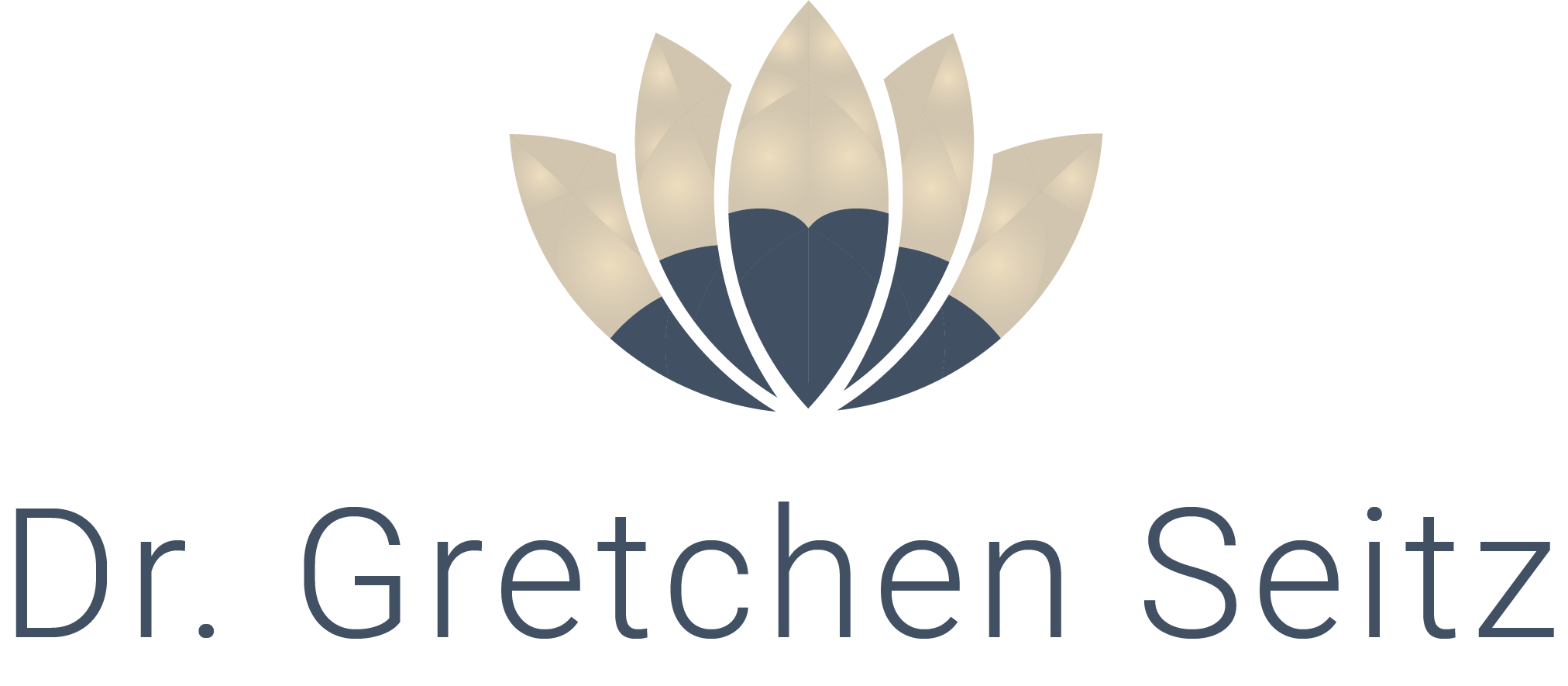FAQ
What is acupuncture?
- Observation of the tongue, skin, hair, nails, eyes, and complexion
- Palpation of the radial pulse of both wrists, referred to as ‘taking the pulse’
- Palpation of the abdomen and/or the meridians
- Insertion of very fine filiform needles at the site of specific acupoints located on acupuncture meridians
- Moxibustion, a technique with a history longer than acupuncture itself, involving the burning of an herb called ‘moxa’ or ‘mugwort’ on or near the skin to provide a mildly warm, and soothing sensation
- Cupping, a technique that regulates Qi and blood within the muscles to promote healing of injured tissue. It is also used to benefit the lungs in the case of asthma or other chronic breathing conditions
- Tui na, a traditional form of therapeutic massage
Is acupuncture safe?
Virtually all acupuncturists in the United States and Europe today use disposable filiform needles. These are unlike the thicker, hollow hypodermic needles used to transfer fluid into or out of the body. Acupuncture needles are very fine, flexible, and are specially coated to allow for a generally painless insertion. They are disposable and are only used for one treatment before being properly discarded, eliminating any chance of cross-infection.
Is acupuncture regulated?
The State of California has the highest standards of licensure in the nation. Acupuncturists are required to have graduated with a Masters of Science in Traditional Oriental Medicine from a four-year accredited acupuncture and herbal medical program in the United States. The state also requires that practitioners pass the California State Acupuncture Licensing Examination.
How does acupuncture work?
Although acupuncture has been proven by the FDA to demonstrate efficacy in the treatment of specific western medical conditions, it remains undetermined as to its exact mechanism of action. Some of the most powerful forces in the universe are unable to be fully seen or quantified; however, the influence of these forces on our lives and our bodies is undeniable. The same is true for acupuncture. It is the effect of treatment that we are able to feel and see that establishes its inherent value in western culture today.

